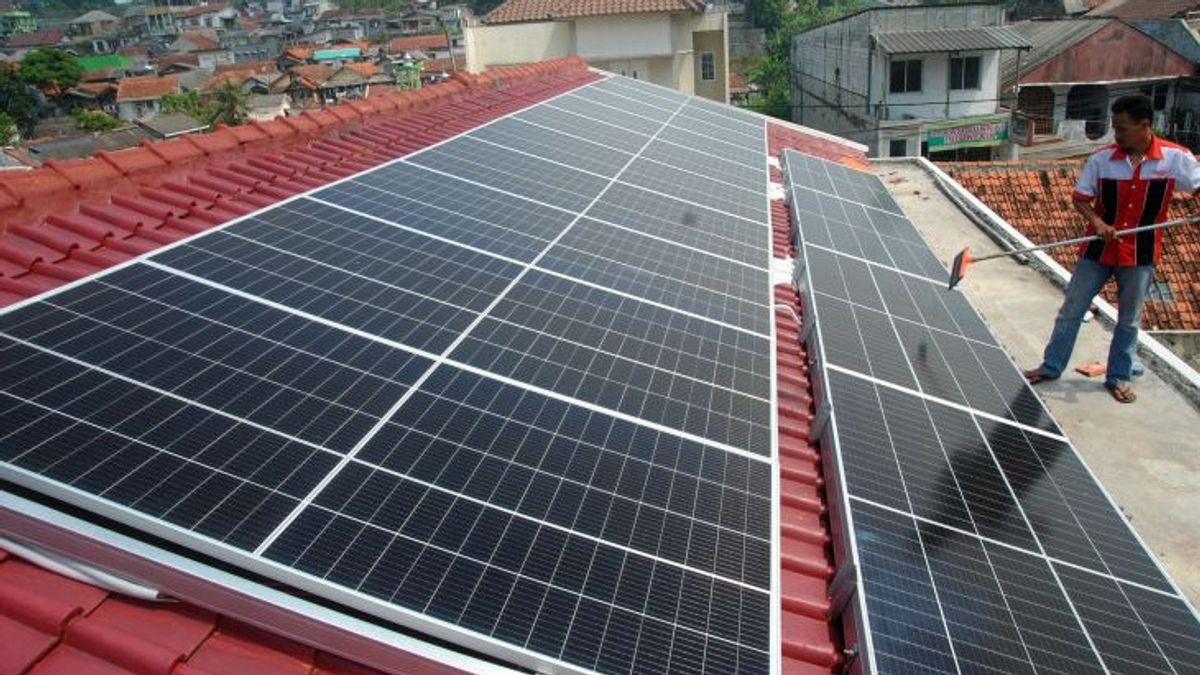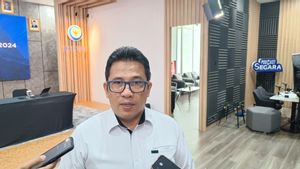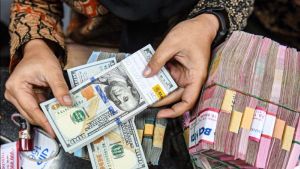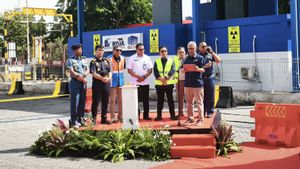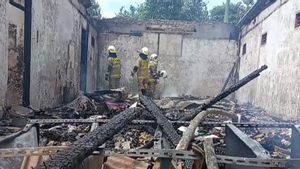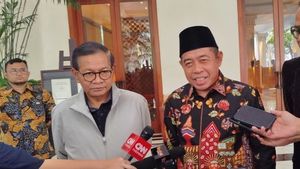JAKARTA - A total of 6,099 houses in eight districts in West Kalimantan (Kalbar) receive electricity services from solar power plants (PLTS).
"The use of PLTS reduces the number of villages that do not have electricity, where in 2017 there were 729 villages that did not have electricity. The number will decrease until 2021, where there are only 309 villages that do not have electricity," said the Head of the Industry, Trade, Energy, and Mineral Resources of West Kalimantan Province, Syarif Kamaruzaman quoted from ANTARA, Monday, July 25.
He explained that PLTS is an innovation to meet electricity needs in remote areas that are not covered by PLN. In particular, the service targets 3T areas, namely the front, outermost, and remote areas in eight districts in West Kalimantan.
"Electrical energy from PLTS also reaches border areas, including Bengkayang, Sambas, Sanggau, and Kapuas Hulu," he said.
He explained that from the solar panels the energy to be used as electricity is received at the power house, then stored in batteries and then converted into DC-AC for supply to the house.
The power allocation for one house has a capacity of 500-600 watts, while specifically for Dusun Engkanang, 76 families receive electrical energy from PLTS.
"People certainly miss electricity and can already enjoy it, including for public facilities (fasum), houses of worship and Public Street Lighting (PJU). " he said.
He explained that PLTS belongs to the provincial government which is donated to regions in need. Especially for areas where PLTS has been established, the tariff has also been agreed upon.
The tariff is for equipment maintenance needs and replacing parts needed to make it useful on an ongoing basis.
"The amount of the tariff is around Rp. 35,000 to Rp. 50,000 where this tariff provision has also been agreed. The utilization of this PLTS has been running since 2018 and until now the condition is still good," he said.
He explained that the addition of PLTS utilization was in accordance with the conditions of West Kalimantan which was passed by the equator so that it provided good geothermal potential.
"This 3T (region) is impossible to do with a power plant by PLN, with these limitations, PLTS is a solution for 3T regions to get electricity supply," he said.
Kamaruzaman said this innovation received appreciation from the Ministry of PAN and RB.
This innovation has also brought West Kalimantan into the top five at the national level.
His party has also presented this innovation in front of the Governor of West Kalimantan and then the assessment team from the Ministry of PAN and RB will conduct field verification to see the condition of the PLTS.
Field verification was carried out in Engkanang Hamlet, Change Village, Ledo District, Bengkayang Regency.
He admits that the use of PLTS faces challenges, among others, it takes time to provide an understanding so that people accept PLTS. Moreover, the investment value of the project is not cheap.
"This equipment is very sensitive, so if you don't understand its use, it will harm the community and the government as well," he said.
In the use of PLTS, his party sees the potential of the region, then conducts sustainable development. It also formed a management team.
"The electricity supply from the PLTS is also able to meet the needs of 816 PJU, including 180 public facilities in the form of houses of worship, schools, and multipurpose buildings," he said.
The English, Chinese, Japanese, Arabic, and French versions are automatically generated by the AI. So there may still be inaccuracies in translating, please always see Indonesian as our main language. (system supported by DigitalSiber.id)
